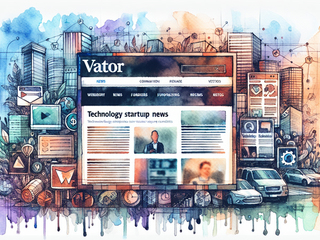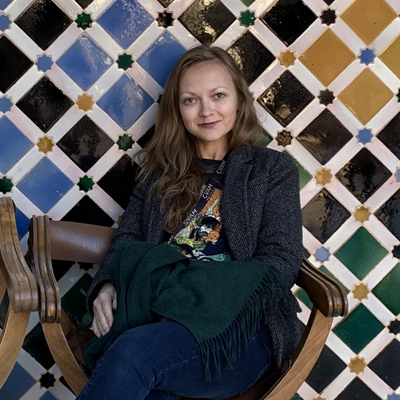Fortunately for the world, Google’s woke Gemini AI isn’t the only up-and-coming AI image creator. As many people have found out, at least some of Google’s staff appears to think fighting racism means eliminating white people from all images. Even Google’s CEO had to apologize for the offensive “non-white people” results the product produced. Whether Sundar Pichai’s words are sincere or not, one has to wonder how widespread this offensive ideology is at Google.
In any event, thank goodness the marketplace knows Google’s true intentions and will be skeptical of any search results out of Google’s searches or Gemini going forward. And thank goodness there are other options. Enter AI image generator Wowzer AI, which officially opened its platform for all, design enthusiasts and professionals alike.
The platform uses several AI models for image generating, including SDXL, Dall-E, Getty AI, and Adobe Firefly. Stable Diffusion XL, which recently announced its third version, promises photorealistic outputs with more detail, plus it can generate legible text on its visuals. Dall-E is OpenAI’s text-to-image implementation of GPT-3; Getty AI is powered by NVIDIA Picasso and trained on Getty Images; Adobe Firefly, respectively, was trained on Adobe Stock images and is the AI power in Photoshop that helps edit objects in images, create new text styles, recolor vector art, and more.

What’s cool about Wowzer is that you can see several iterations of your prompt at once, as created by these different models. At this moment, however, in late February, Getty AI and Adobe Firefly models were not yet accessible to Wowzer users. I know this because I tried; the cover to this article was indeed generated by Wowzer AI.
The platform features AI assistance with prompt creation and puts user friendliness first, welcoming any level of generative AI user out there. Users can also save their works in an organized manner, in a similar way that Pinterest offers users to pin images into themed folders. Lastly, you can use your own assets to fine-tune the AI-generated images, which can be of great help when you need to maintain a consistent style, for example. For enterprises, Wowzer offers separate solutions to protect intellectual property.
Looking forward, Wowzer said it plans to include additional AI models, images as input, upscaling, and advanced image controls, as well as plug-ins for easy integration with tools like Photoshop and Canva.
Personally, I like that rather than describing the style of the image inside the text prompt, you can choose the style from a drop-down menu. Of styles there are plenty; among the unique ones are neon, rustic, woodblock print, watercolor, and drawing.
“What’s happening in AI right now is thrilling and full of possibilities, but it also can be confusing and scary at times,” Wowzer CEO Peter Jackson said in a statement. “Our goal is to make AI image generation more accessible and less intimidating while capitalizing on the latest advances. We believe Wowzer is set to reshape the way generative AI is perceived and used.”
In its announcement of the official launch on February 14, Wowzer advertised its all-in-one platform as free, but you get more perks if you become a member and pay a monthly fee of $3.99. “Infinite creativity, tiny-little price,” it proclaims.
The free option gives you 100 credits per month that don’t add up, multi-model use, Dall-E 3 standard size, and 5 GB of storage. Membership gets you the 100 credits that do add up, Dall-E 3 HD, the ability to purchase more credits ($10 for 500), and 50 GB in storage. It also offers pay-as-you-go pricing and raising free credits through sharing and contests. 1 Wowzer credit = 1 image, including each iteration of an image from various models.
Ahead of the launch, Wowzer has partnered with Stability AI, the developer of SDXL, but the companies refrained from sharing any details about the partnership.
To create a cover image for this article, I made several attempts at describing Vator News and tried several styles. As one can tell, whenever text appeared in these images, it was total nonsense, but the images were otherwise of good quality. In terms of choosing between Dall-E and SDXL, I noticed that I tend to like the artistic quality of the Dall-E-generated images better, but that’s a matter of personal preferences. It was also more accurate in interpretation and usable for business purposes. SDXL often seemed vaguer and sci-fi-oriented.
Image: generated by Wowzer AI















